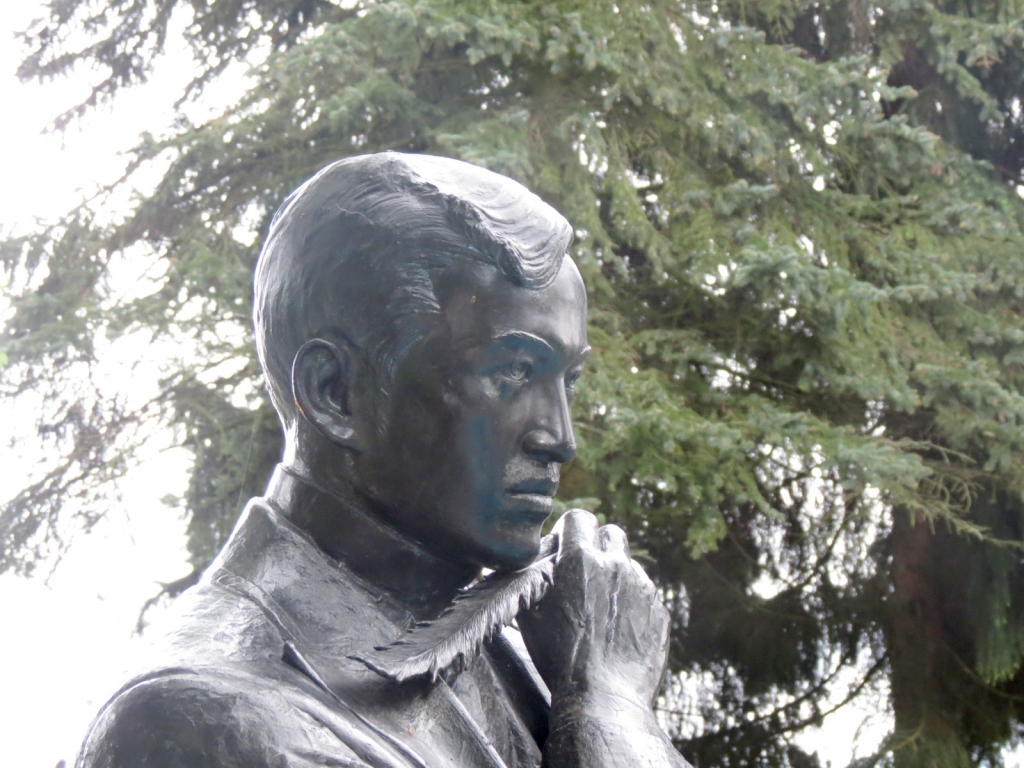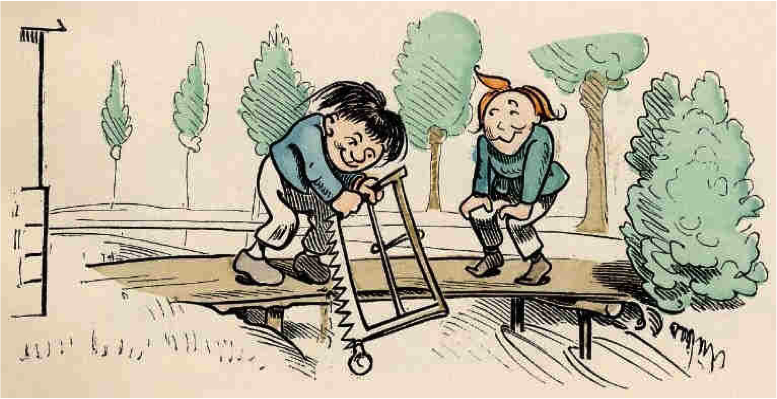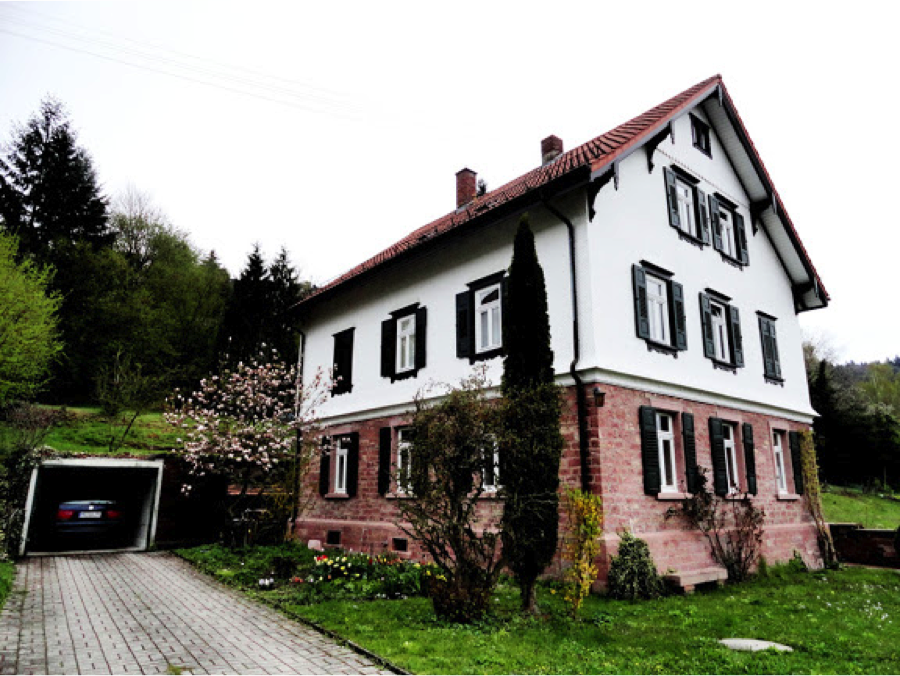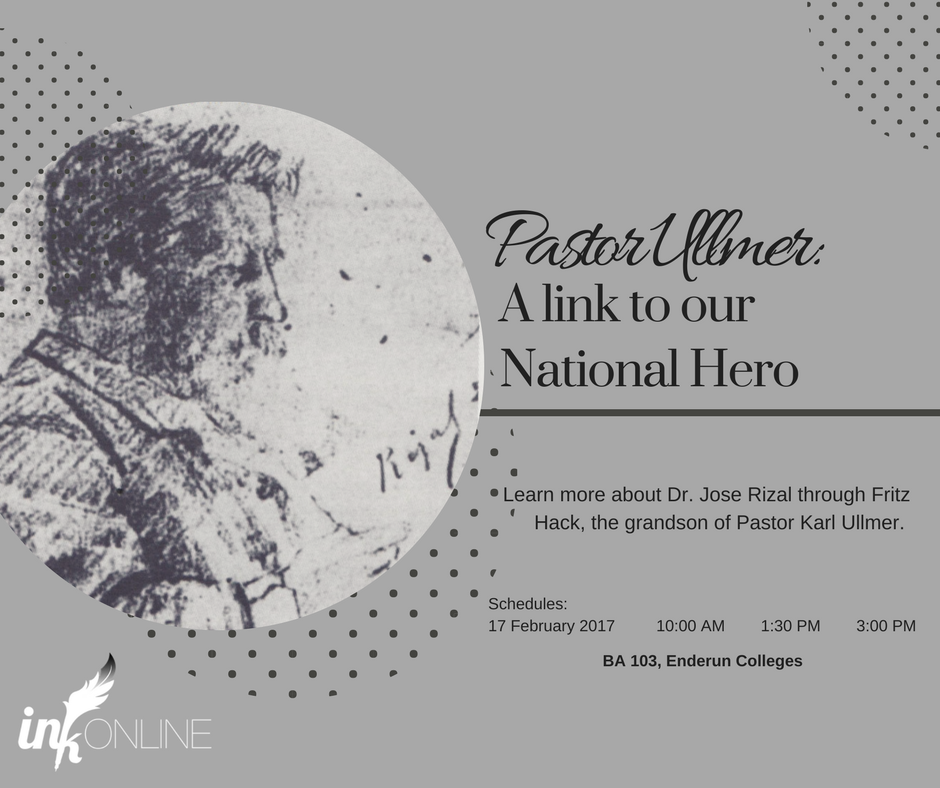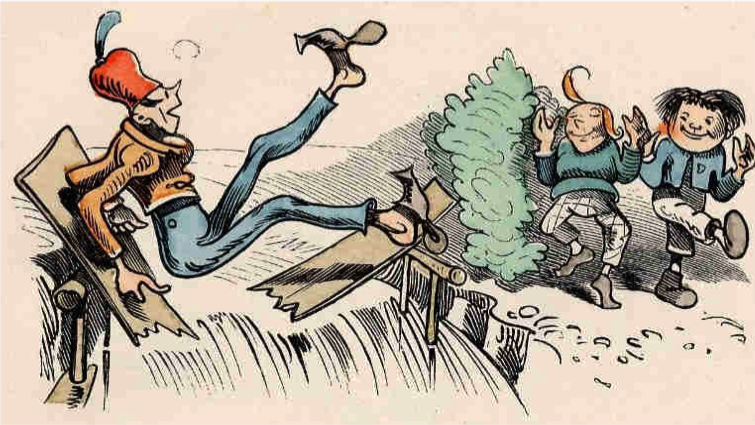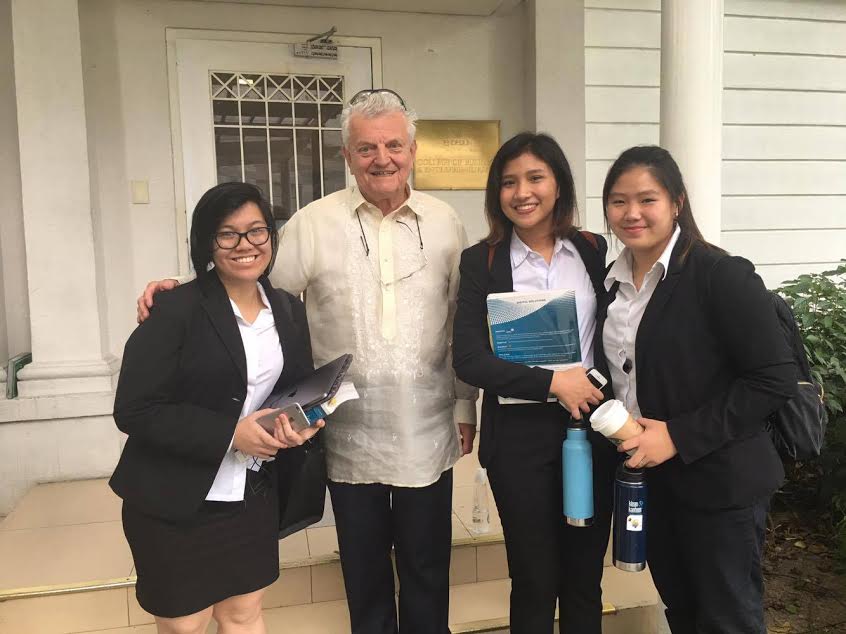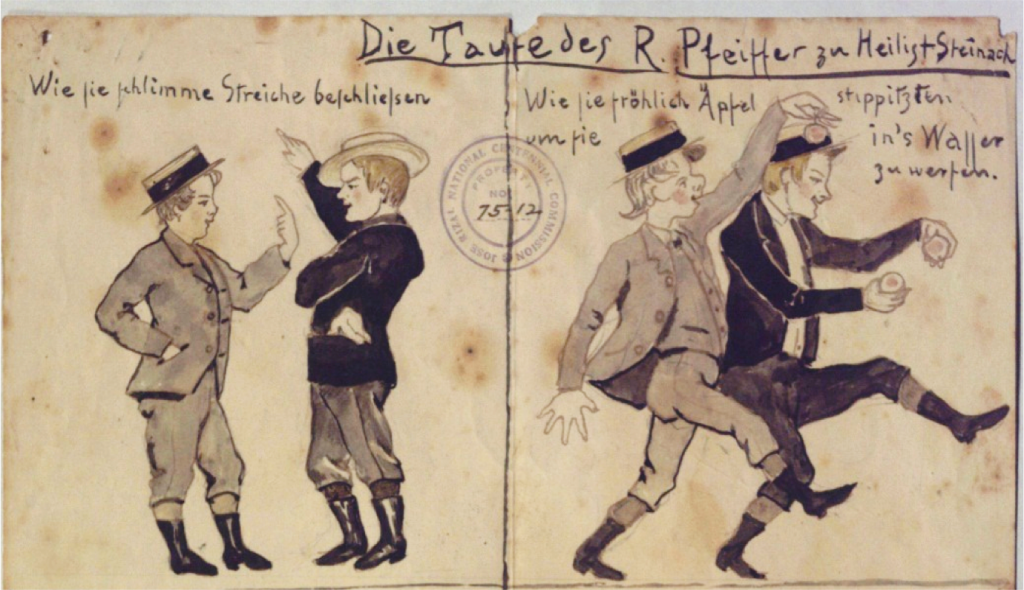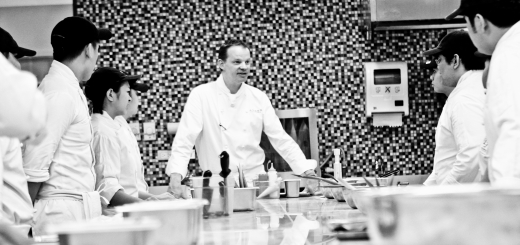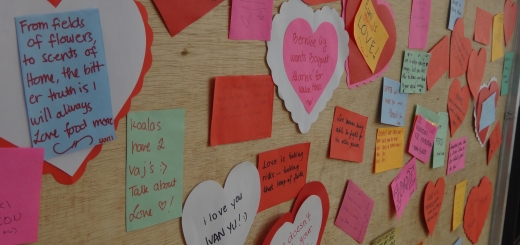Karl Ullmer: A Happy and Conversationist Protestant Pastor
Larisa Baloy, Lica Pacheco, Precious Pajarellano and Celine Allarey as told to Carlos Arnaldo, INK
Enderun was privileged to have the visit of Dr Fritz Hack, cardiologist from Wilhelmsfeld, Germany, the small rural town where Jose Rizal sojourned in 1886. Dr Fritz was accompanied by his old friend, Mrs Malou Villaroman, great grand daughter of Saturnina, the sister of Rizal. In the last twenty years, Malou spent most of her vacations in Europe visiting the places where Rizal traveled.
Dr. Fritz is the great grandson of Pastor Karl Ullmer, the protestant minister who received Jose Rizal in his private home for more than three months.
“He graphically opened our eyes to the real Jose Rizal behind the books written about him. Throughout his awesome presentation, my jaw dropped because I was so amazed with all the stories he was telling. It was so surreal that the grandson of someone who was very close to Rizal’s heart, Pastor Karl Ullmer, was standing right in front of us and imparting his family memories to us,” says Larisa Baloy.
“Jose Rizal wasn’t just a gifted writer, but he was also a very good artist. Dr. Fritz showed us the early comics of Wilhelm Busch and how Rizal learned graphic art by drawing sketches and writing a story about it.
“In this way, Rizal made the first ever Philippine comics. Rizal also revealed his sense of humor as shown in the comics he made. For me, that is a really big thing because it made me look at Rizal differently. I now see him as someone who is closer to our generation and can relate to us because, these comics broke the stigma that Jose Rizal is a very solemn man,” notes Larisa.
For many, the contribution of Rizal to this country is like a beautiful mural but broken into a thousand puzzle pieces. Even Rizal being in Germany is quite difficult to grasp, but “Dr. Hack–is actually here to help put the missing pieces together” suggests Lica Pacheco.
“Knowing what Rizal did in Wilhelmsfeld and Heidelberg was very informative: from the cartoon drawing to the finishing of his book, Noli Me Tangere, and even the exchanging of letters with his friends like Blumenttrit. These facts make me realize that no matter how far he is from the Philippines, there stays a home in his heart,” adds Lica.
“I was further amazed that the Germans still recognize Rizal today by building a statue of him in a large park,” noted Larisa. “There is also a lake in the park with seven islands, symbolizing our 7,100 islands. In the same park, to keep Rizal from getting lonely, there are also the busts of his closest German friends: Pastor Karl Ullmer, Ferdinand Blumentritt (his loyal penpal), Dr Otto Becher who taught him Ophthalmological surgery and Rudolf Virchow, anthropologist,” notes Larisa.
Sharing this lecture was Malou Villaroman, great grand daughter of Saturnina, the sister of Jose Rizal: “I wasn’t excited about Rizal when I was young, to me it was no big deal being a descendant of the national hero. But since 1988, when I travelled abroad and saw how foreigners respected and honored Rizal, and painstakingly studied his life and works, then I realized, we really had a great national hero.”
Hearing this, Precious Pajarellano said, “It’s funny how we Filipinos are losing in terms of giving importance to our heroes. It is also ironic how foreigners are the ones who show us the worth of our heroes when in fact we Filipinos should be proud of what they did and were able to contribute to the sovereignty of our country, we really should learn a thing about nationalism from them.”
Celine Allarey gives us a fitting conclusion: “Filipinos have always loved stories. We are fans of myths and legends, folklore and fantasy. But for a Filipino to weave the timely with the tale to capture readers’ hearts more than a century after his death is truly fascinating. While some might ask if Rizal’s existence was necessary and if his death was really worth it, I ask myself how our society has changed for the better through the years. Just thinking of the pioneers of my craft makes me even more proud to relive the prowess of Filipino authors and their plight, their stories, what they fight for.
“What they live for. And what they’re willing to die for.”

